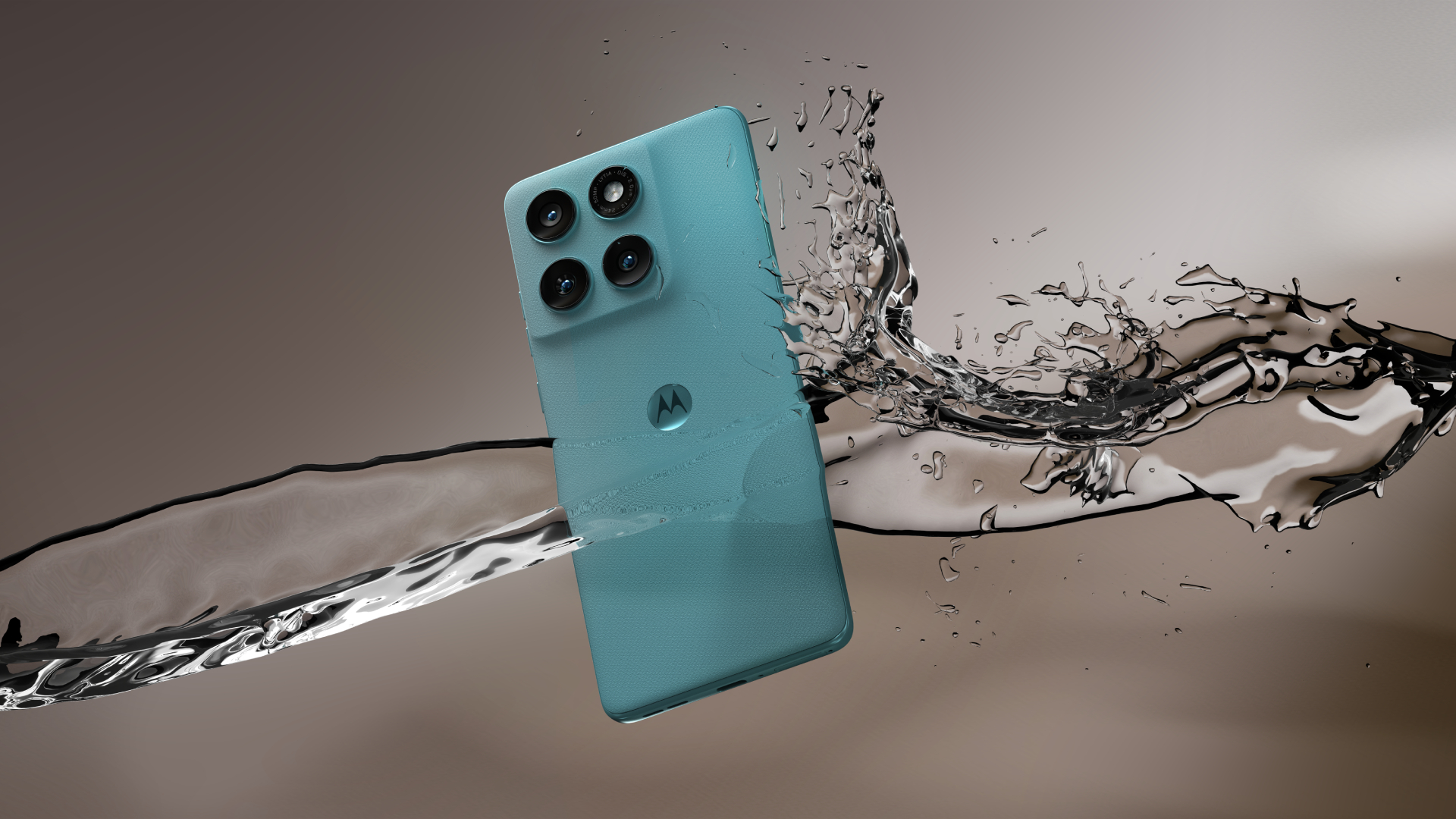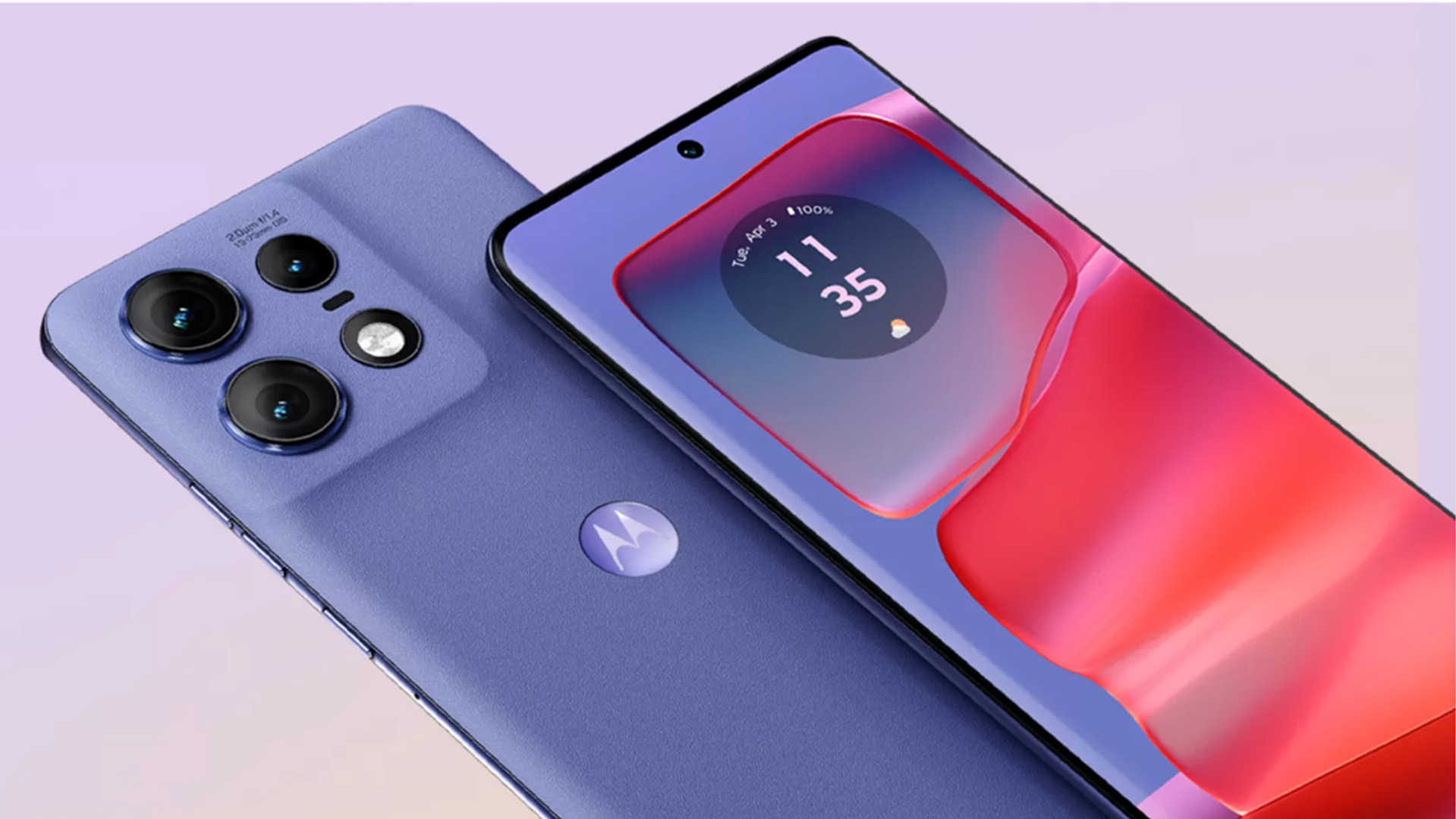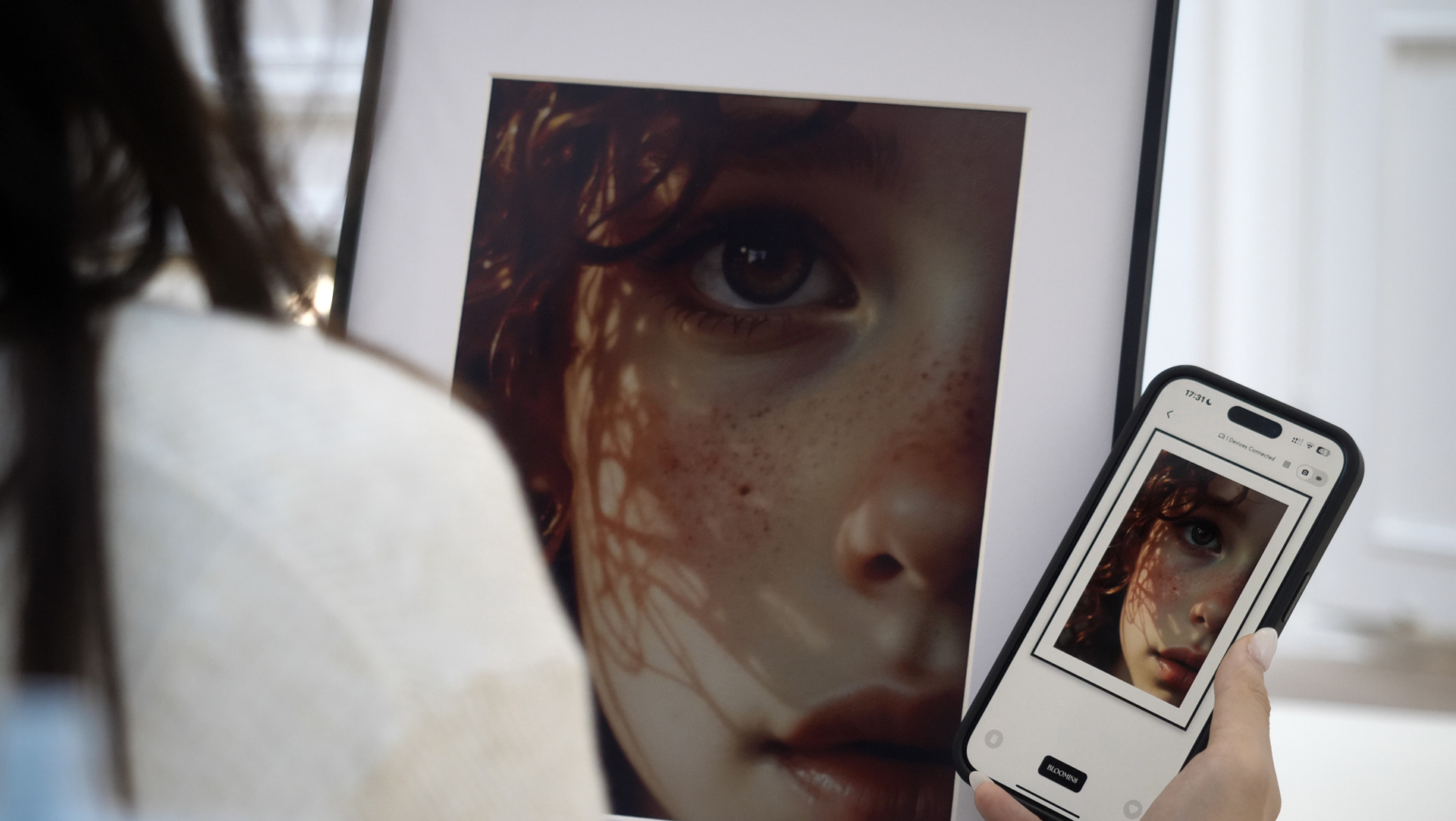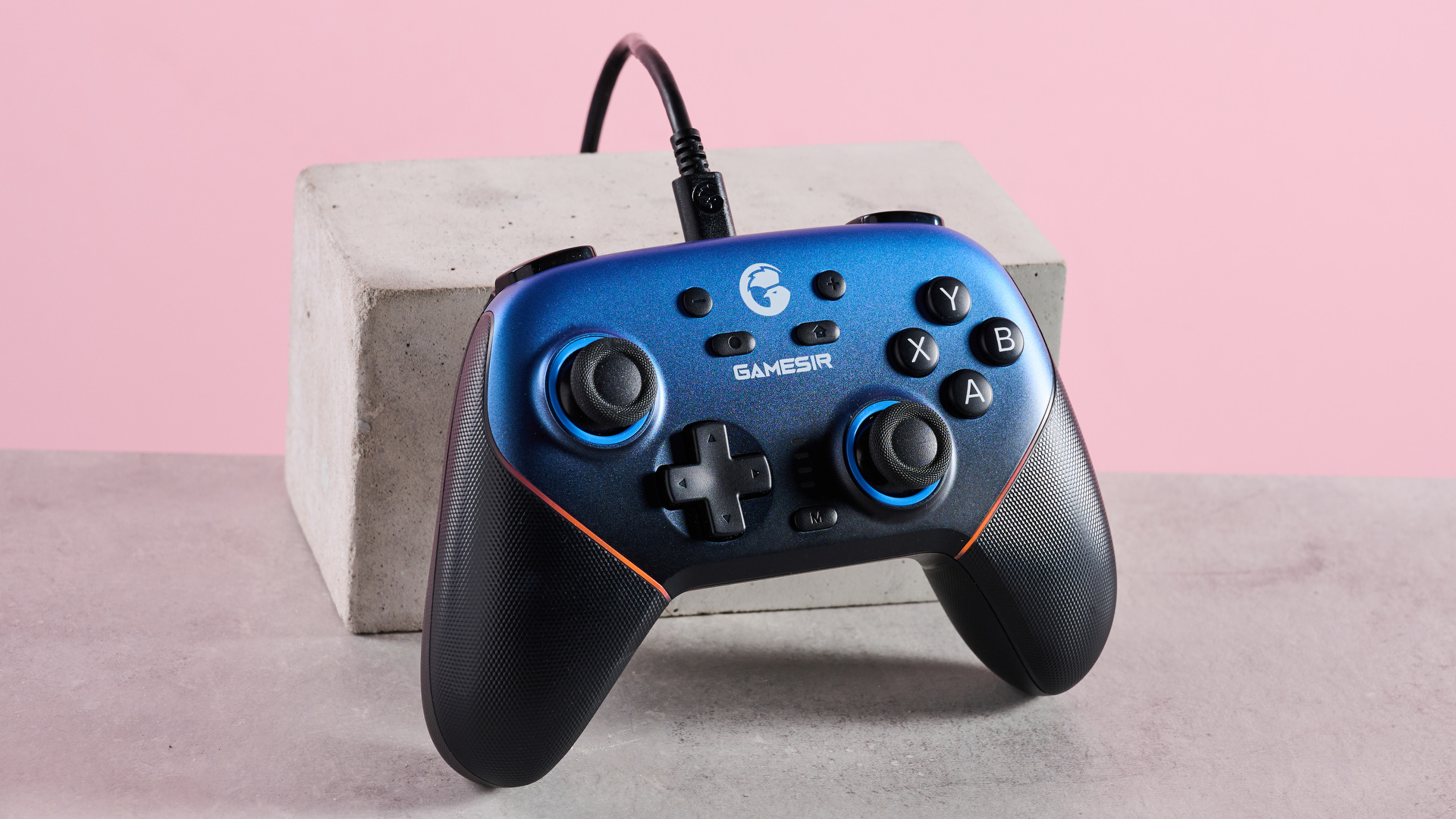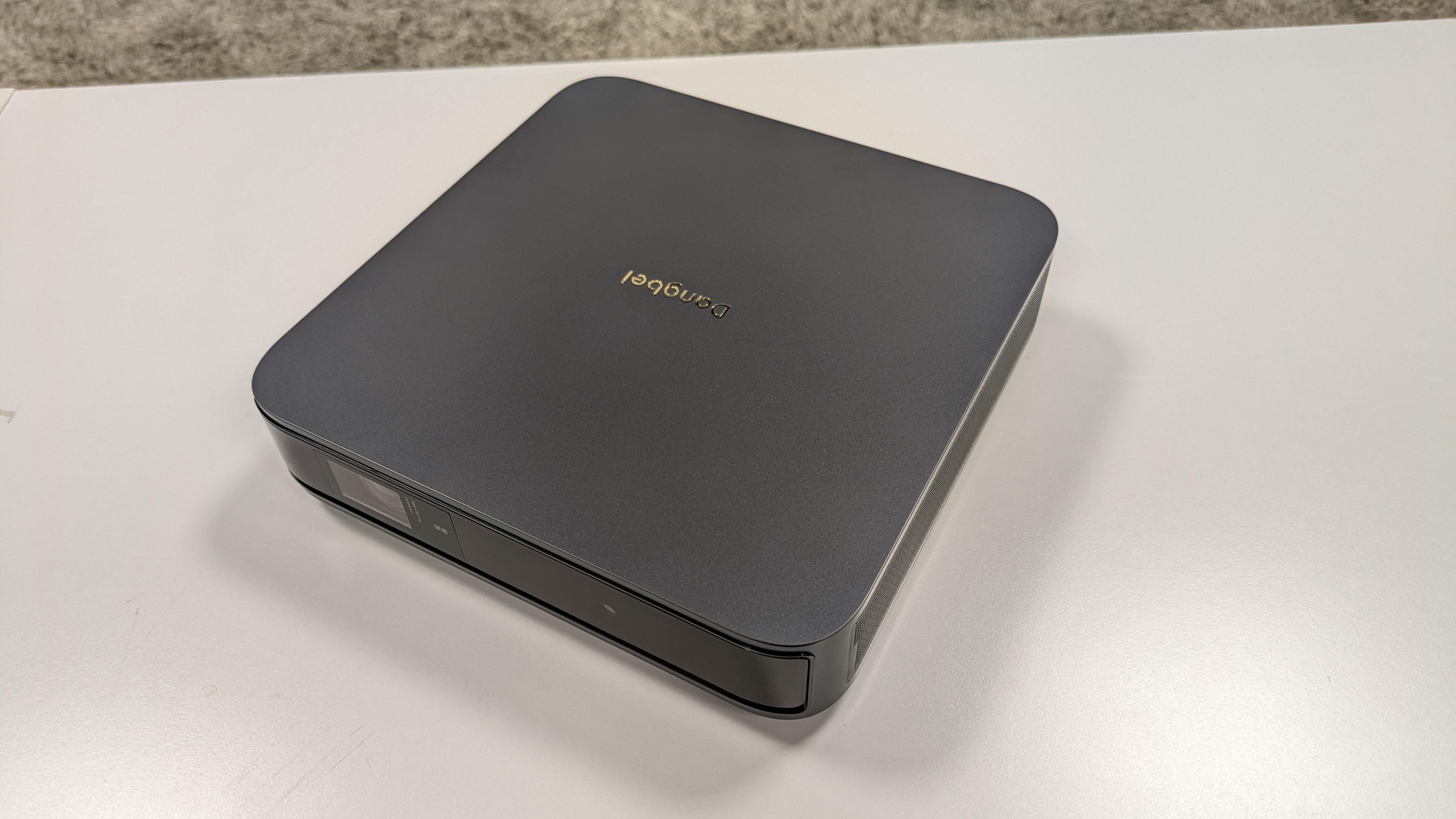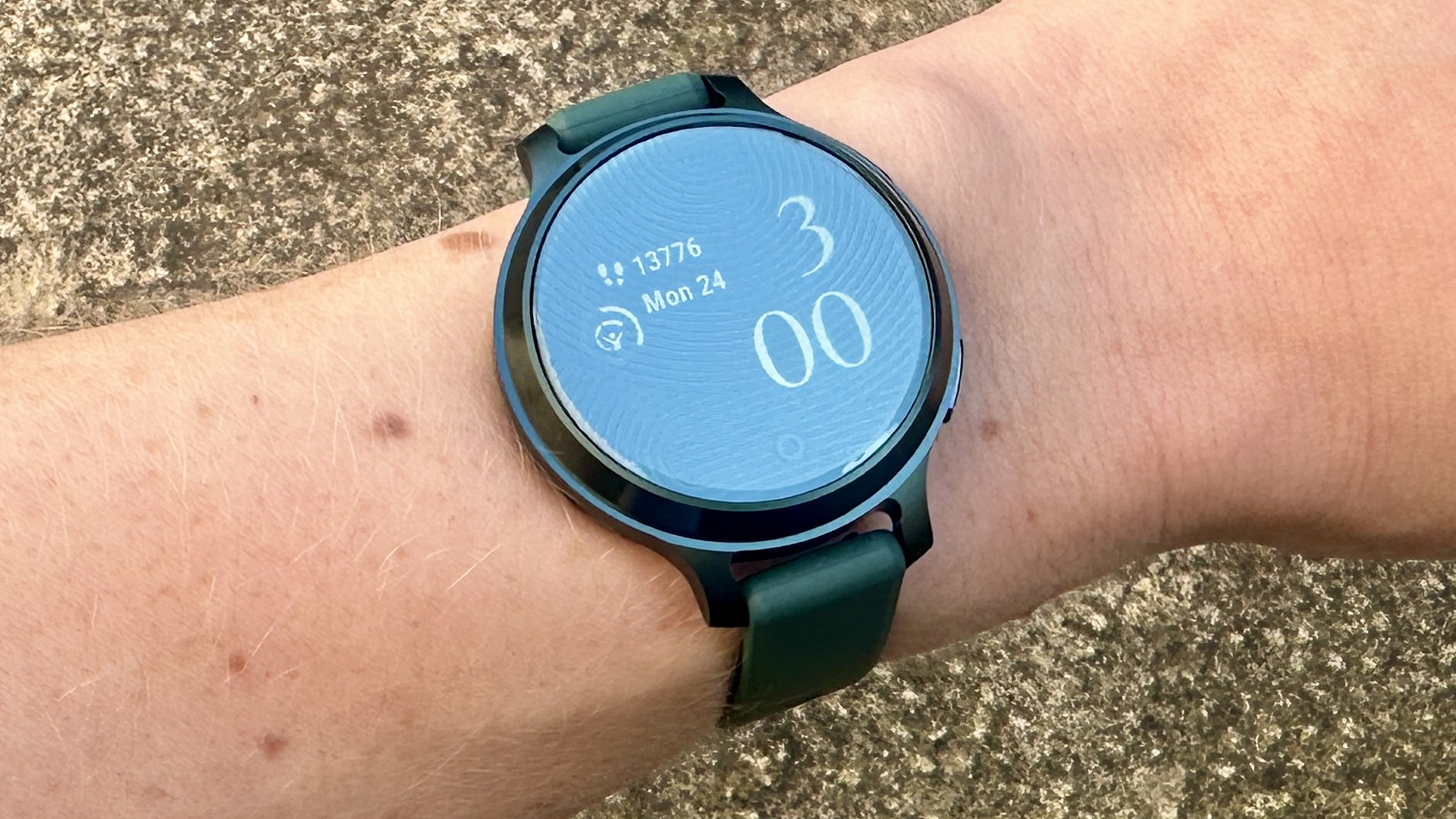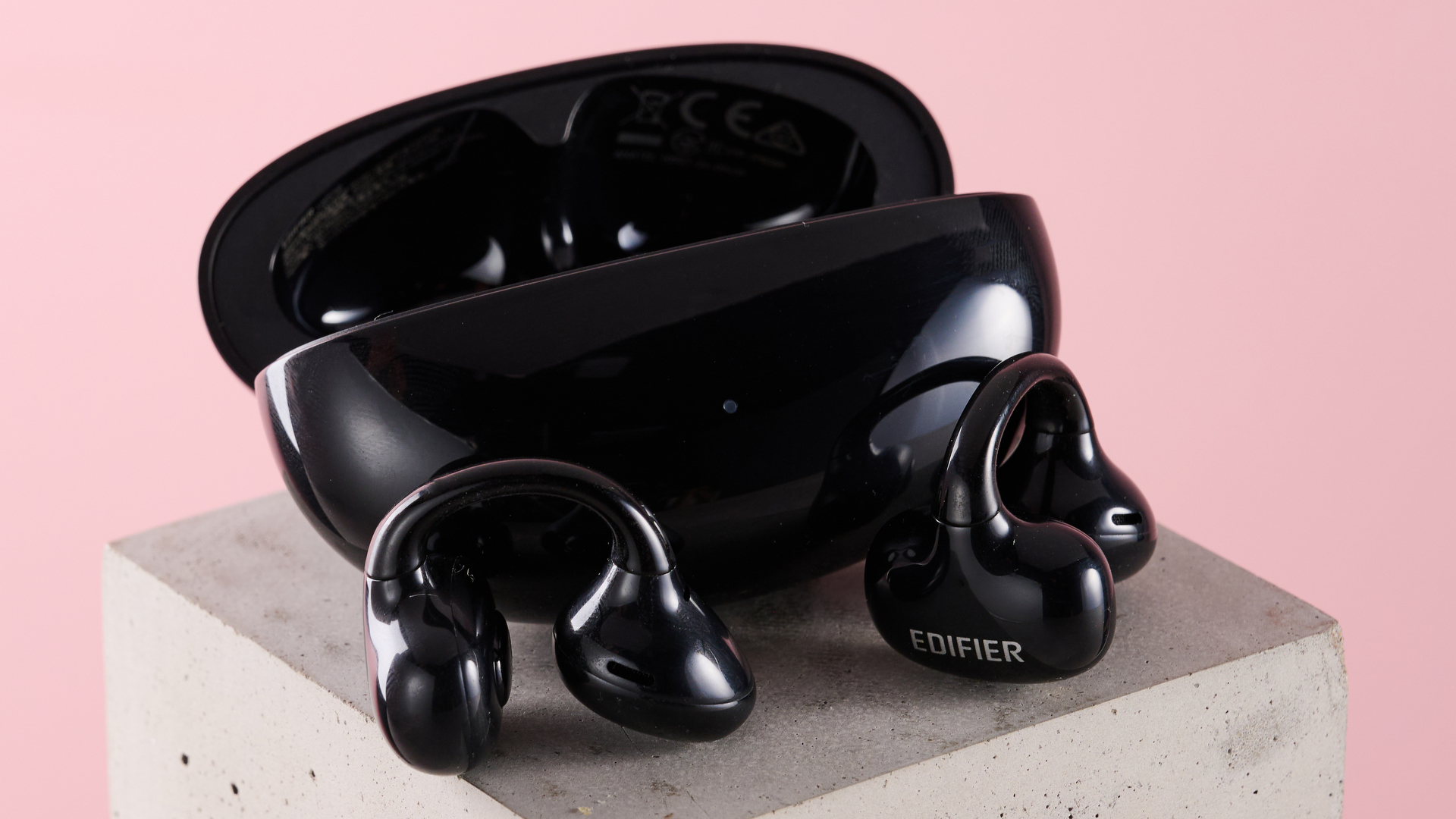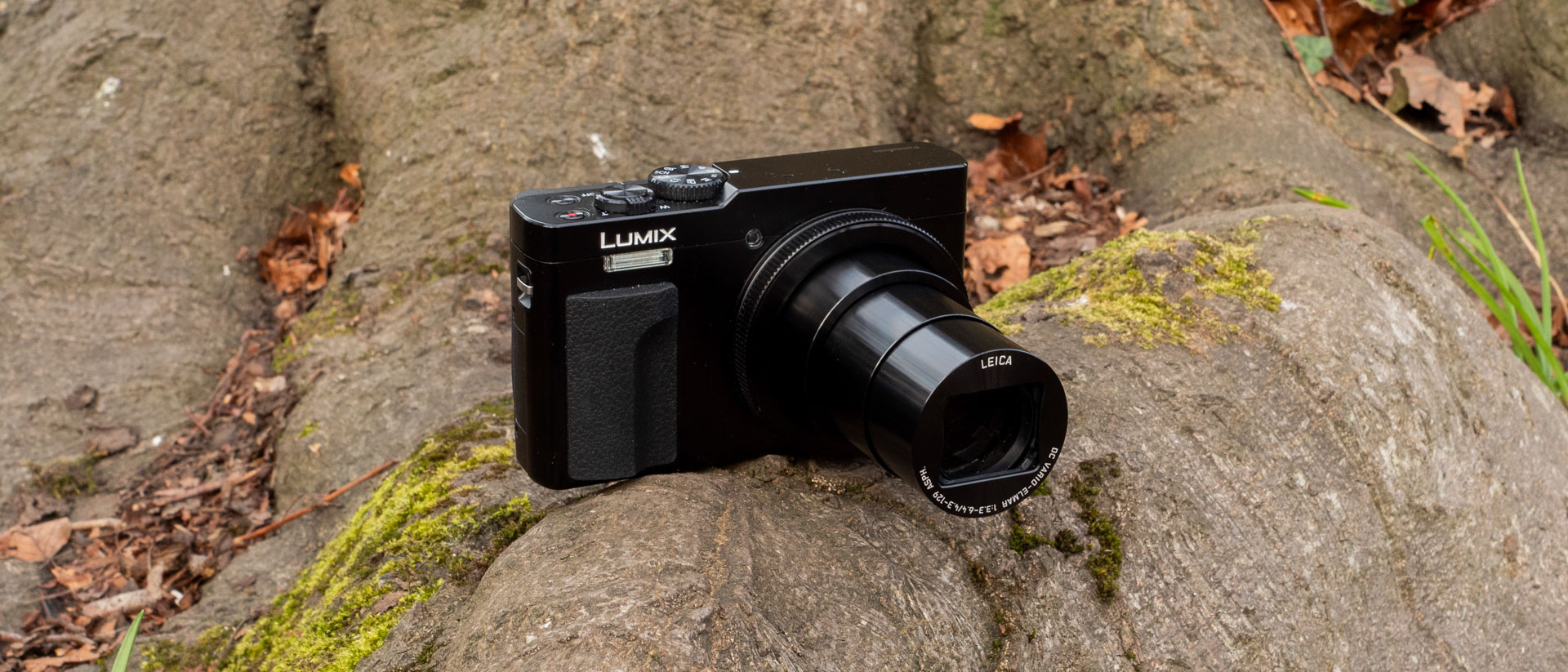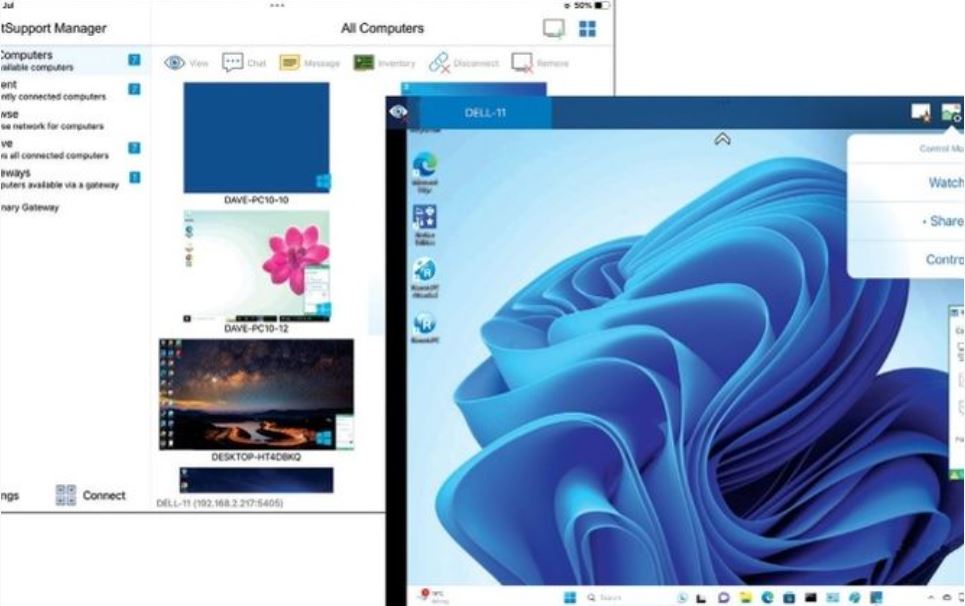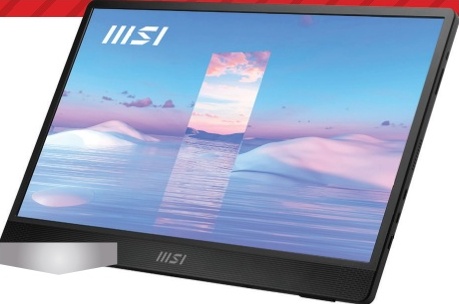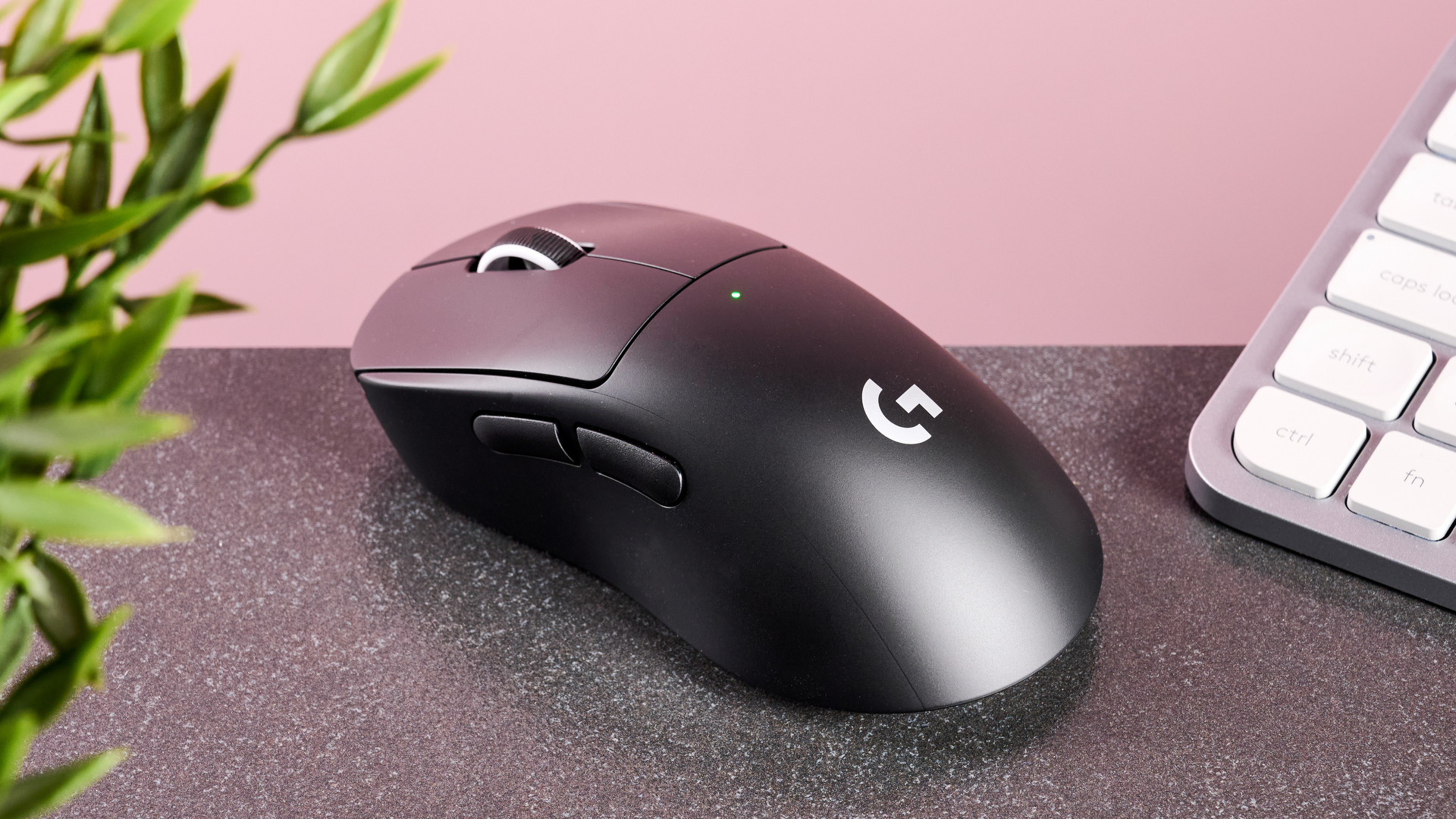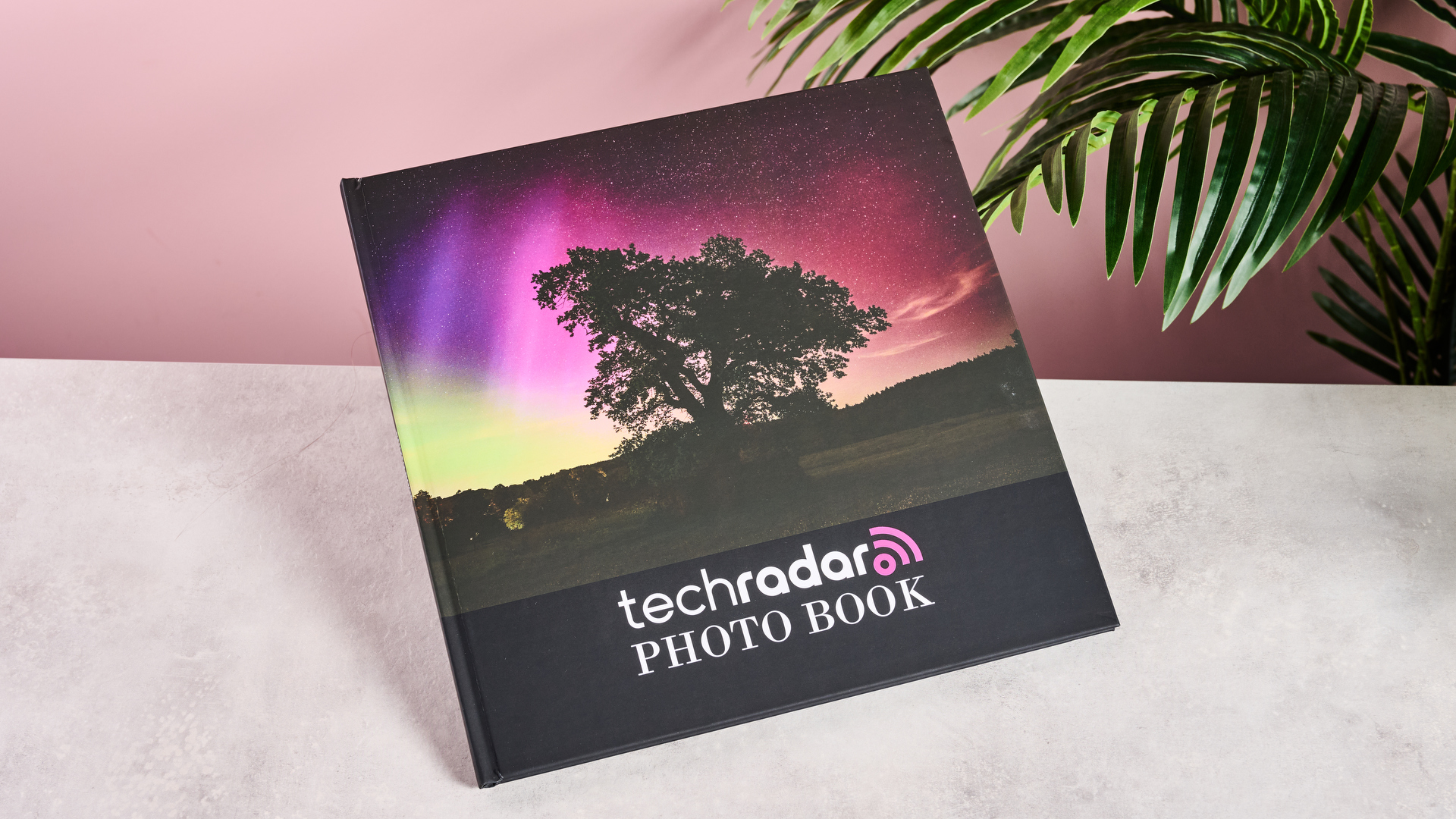TechRadar Verdict
The Moto G22 is very cheap, lasts a long time between battery charges, and comes with the latest Android 12 software. Apart from that nothing else really impresses, but as this is currently one of the cheapest smartphones you can buy, so perhaps it doesn't have to.
Pros
- +
Solid build quality
- +
Very affordable price
- +
Great battery life
Cons
- -
Dim, low resolution screen
- -
No 5G connectivity
- -
Basic camera capabilities
Why you can trust TechRadar
Two-minute review
When it's phone upgrade time, plenty of us start looking for a handset that offers the most smartphone for as little money as possible – and that's traditionally an area where Motorola has excelled. The Moto G22 is one of the cheapest handsets you can buy right now, starting at £139.99 in some online stores.
Unfortunately, while previous Moto phones have given you more than you might expect for what you're paying, this one gives you... just about what you would expect. Its budget nature is evident everywhere, from the performance to the display to the camera system, and for a lot of users, it might make more sense to spend a little more.
It's not all underwhelming, though. The battery life is very good on this smartphone, with a single charge lasting up to two days – maybe more if you're careful. If you just need a phone to make calls and send texts and not much else, you want it to last a long time between charges, and you'd rather not spend a lot of money, give the Moto G22 a look.
Bear in mind that performance-wise the phone tends to come up short, even with the latest Android 12 software. You'll notice moments of stuttering and lag, especially in more demanding apps and games. We can't tell you how this phone will perform two years from now, but we're guessing that it's not going to be pretty.
When it comes to photos and videos – a crucial consideration for a lot of us – the handset does just fine in good lighting conditions but struggles at night. Add in the low-resolution screen that never really gets bright enough and you can see where Motorola (and its owner Lenovo) have saved costs on manufacturing.
One of the problems the Moto G22 has is that there are plenty of phones that cost a bit more and work a lot better (and have 5G connectivity as an added bonus): take a look at the Xiaomi Redmi Note 11 Pro 5G for example, and the Nokia G50. The Moto G22 may suit you instead, but you need to be aware of what you're getting.
Moto G22 price and availability
- Yours for £139.99
- On sale now in the UK
- Not available in the US or Australia
At the time of writing, pricing starts at £139.99 for the 64GB version of the Moto G22 – you can pick it up from places such as Carphone Warehouse and Tesco Mobile as well as buy it direct from Motorola. It's also available on Amazon. As yet, you can't get the Moto G22 in the US or Australia.
Moto G22 design
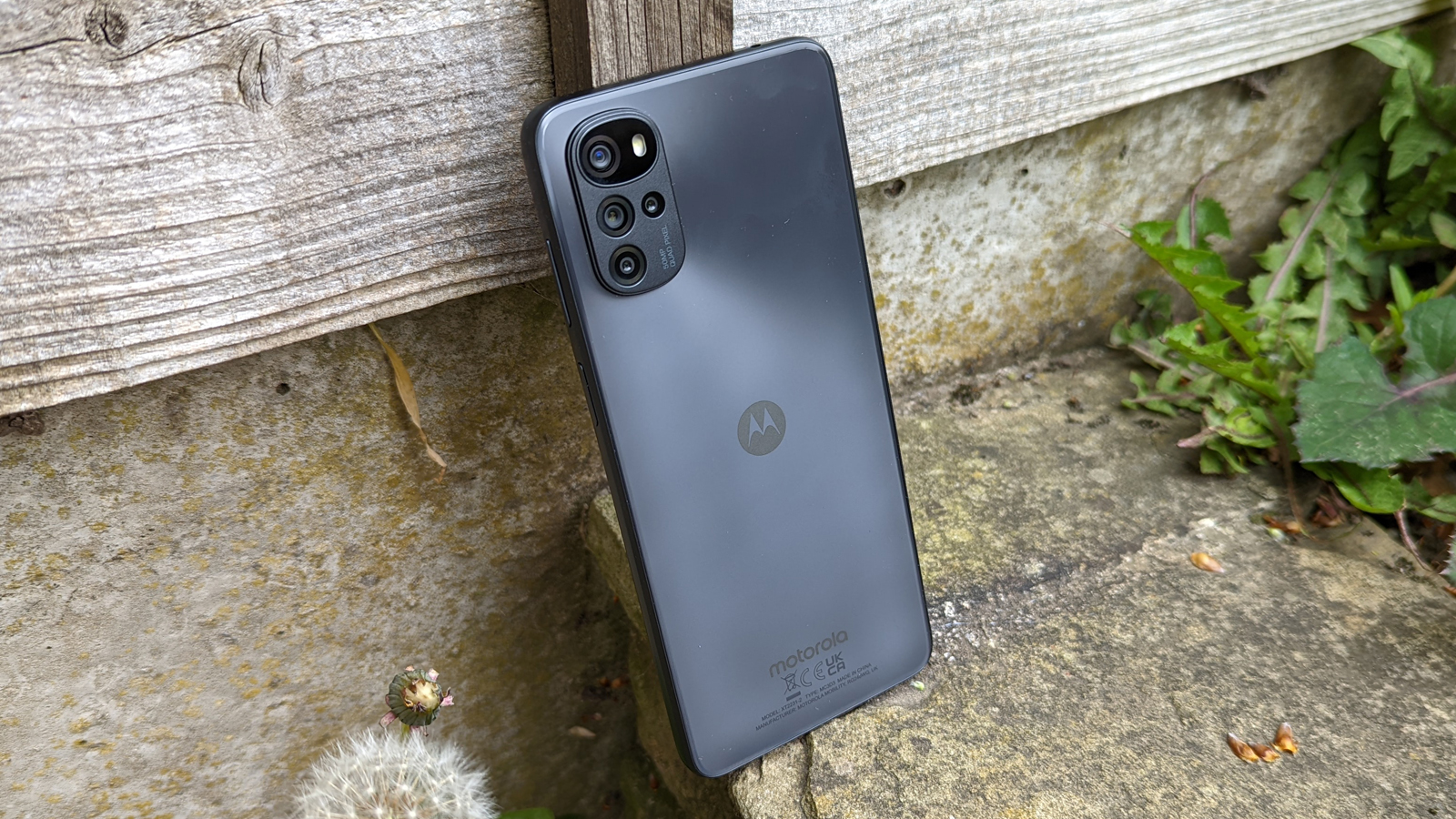
- Solid, well-built design
- Two color options
- No waterproof IP rating
The Moto G22 is a relatively chunky smartphone, but it's nicely curved and feels well put together. Its thickness of 8.5 mm compares with 7.7 mm for the iPhone 13 and 7.6 mm for the Galaxy S22, so you can see where some of the savings are being made in terms of the dimensions of the handset.
Everything is plastic, as you would expect at this sort of price, but the phone doesn't really feel cheap or in any way flimsy. You get a small and subtle Motorola logo on the back of the phone and a camera bump in the top left corner. This protrudes quite a lot from the case but isn't the worst we've ever seen in that regard.
Your color options are Cosmic Black (which is the model we had) and the more vibrant Iceberg Blue. In both cases there's a slight shimmer effect on the back when the light catches it, adding a slightly premium touch to an aesthetic approach that is otherwise rather plain.
There's no IP rating for the Moto G22, although Motorola says it's "water repellent". That sounds like it'll cope with a few splashes from the rain but it's not going to survive a full dunk in the bathtub or swimming pool.
The power and volume buttons are down the right-hand side as you look at the phone, then you've got the USB-C port at the bottom – and Motorola has found room for a 3.5 mm headphone jack up at the top. There's a fingerprint sensor built into the power button, and while we prefer the under-display approach, it functions perfectly well.
At the budget end of the market, you're not going to find too much in terms of design innovation or polish, but the Moto G22 isn't the sort of phone you're going to want to hide away out of embarrassment about the way it looks.
Moto G22 display
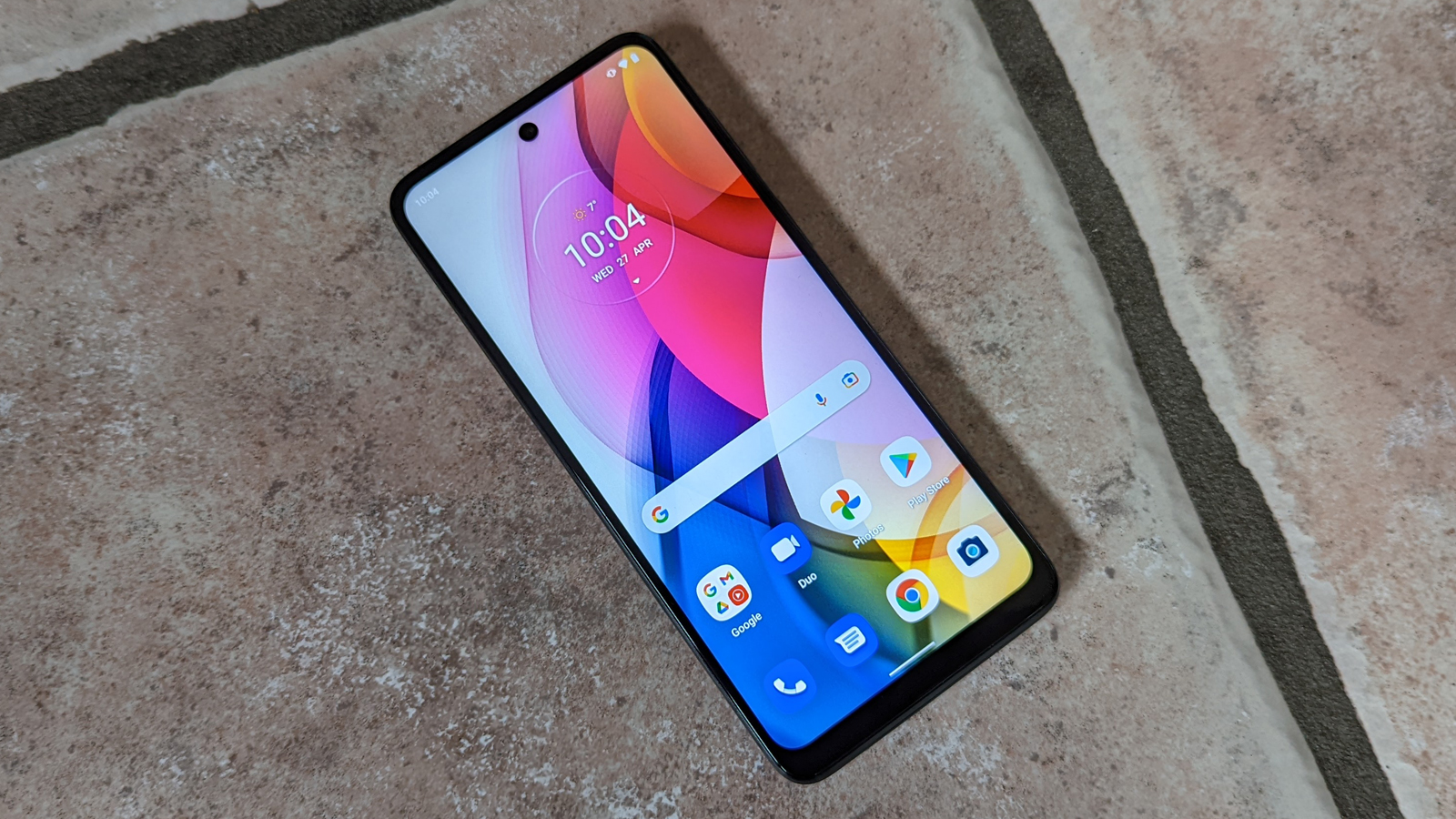
- 6.5-inch IPS LCD panel
- Low 720p resolution
- 90Hz refresh rate
It's fair to say that the 6.5-inch IPS LCD screen reflects the budget nature of this handset: at 720 x 1600 pixels for its resolution, it's not particularly sharp, and it's not especially bright or vibrant either. You do at least get a refresh rate of 90Hz rather than the old standard of 60Hz.
Around the screen, the bezels aren't too thick by modern standards, although the bottom chin is a little on the large side. The only interruption in the screen is a single cut-out up in the center at the top where the selfie camera sits.
If you're wondering how Motorola manages to put together phones that are so cheap, this screen is one of the reasons why. Even when you ramp up the brightness to the maximum possible, it can be difficult to see in bright daylight, and videos and photos look rather lackluster. It's not the finest part of the Moto G22 experience.
Moto G22 camera
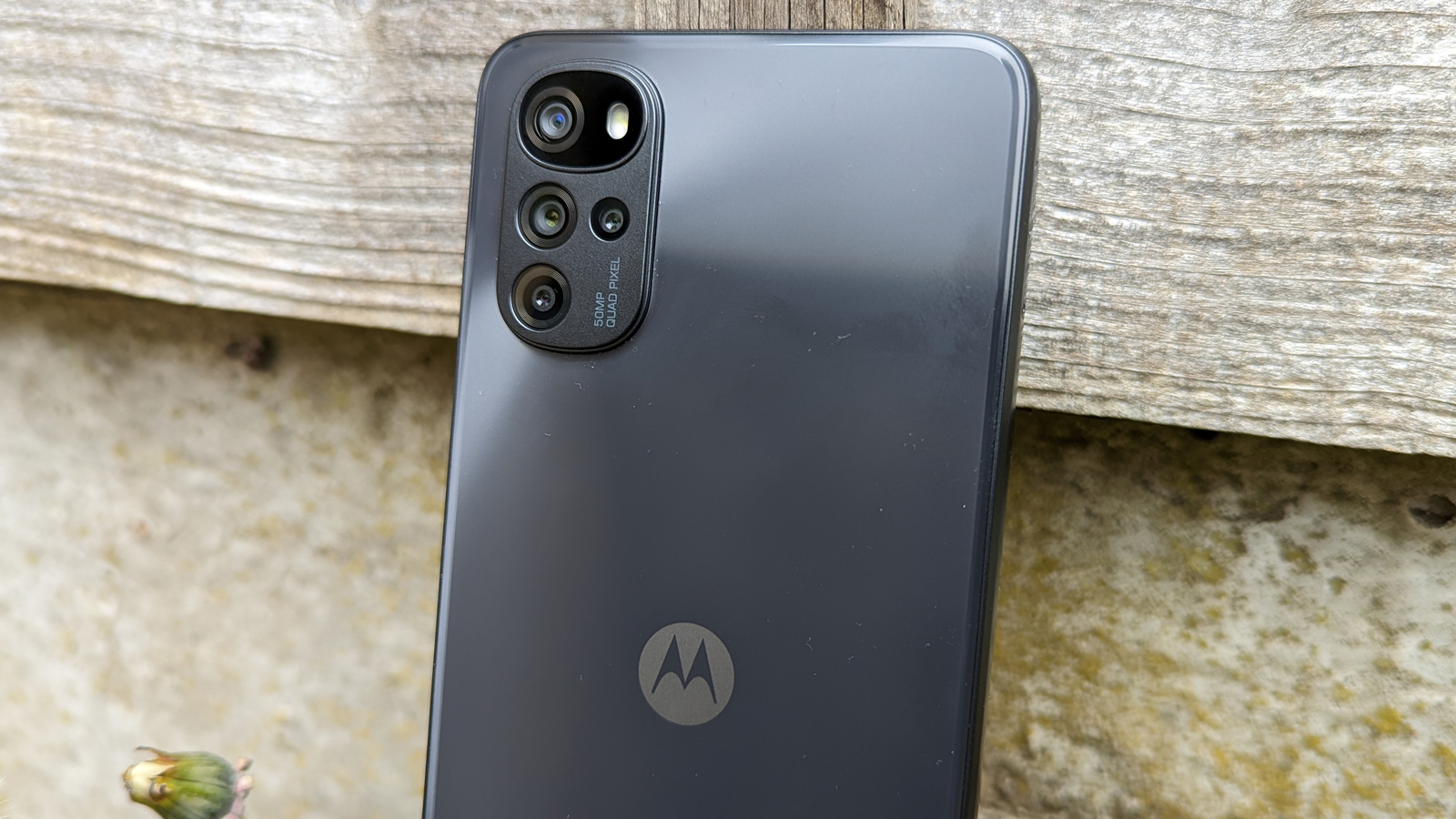
- Quad-lens rear camera
- Ultrawide but no optical zoom
- Decent shots in good light
The Moto G22 page on the Motorola website starts with the header "Best Android camera phone" – we assume that's to attract some Google traffic because that claim is some way from being true. Admittedly, you're not going to be looking for camera results on a par with the iPhone 13 Pro from a handset that's less than a sixth of the price, but you'll only get good shots in the best conditions.
For its rear camera, the Moto G22 makes use of a quad-lens 50MP wide + 8MP ultrawide + 2MP macro + 2MP depth module, while on the front there's a single-lens 16MP wide selfie camera. On the software side, there are a few settings to play around with, including ISO, white balance and HDR.
This isn't the first time we've said this about a budget phone, and it won't be the last: with plenty of daylight and when held steady, the Moto G22 comes up with perfectly respectable photos that aren't going to disgrace your social media feeds. There's actually lots of detail and a natural-looking color balance to the pictures we snapped on our travels with this handset. What's more, the HDR processing does a decent job of balancing light and dark, even if you don't see the results in real-time through the viewfinder (only afterward when the photo is saved).
As usual, it's the low-light shots and the moving subjects that cause problems for this phone's camera (there is a night mode, but it's not much use): you get a lot of noise and it's not certain you'll get a usable picture. Sometimes you will, as long as there's a bit of light available and you can keep your hand steady.
Camera samples














Moto G22 performance and specs
- Limited internal specs
- MicroSD card slot
- Average performance
The Moto G22 is powered by a MediaTek Helio G37 processor, 4GB of RAM, and either 64GB or 128GB of internal storage (we had the 64GB version for our review). You can expand that storage via a microSD card slot if you need to.
Those specs are just about the bare minimum you need to run Android these days, which matches the low, low price you're paying for this handset. Everything runs okay, but you're going to notice a beat or two when you're opening menus, switching between apps, and loading websites.
In other words, if you spend your smartphone time quickly flicking from app to app, firing off emails and playing around with augmented reality effects, you're going to be frustrated by the Moto G22 – as the Geekbench 5 scores of 171 (single-core), 960 (multi-core), and 89 (Vulkan) show. Those are some of the lowest scores we've seen on a phone that we've tested in recent memory.
This is very much a handset for those who are just after the basics and don't mind a slower pace. We could play some reasonably demanding games on the phone, but there were occasional skipped frames and some lengthy loading times to put up with. It's the same with other more intensive tasks, such as photo editing.
You don't get 5G with the Moto G22, which may or may not concern you. While the extra download speeds, upload speeds and signal bandwidth are certainly nice to have, they're not essential really for the majority of users (especially if 5G connectivity hasn't yet rolled out in your part of the world).
Also worth noting: There's no Wi-Fi 6 support on this smartphone, which might be something you want to bear in mind if you've just upgraded to a Wi-Fi 6 router.
Moto G22 software
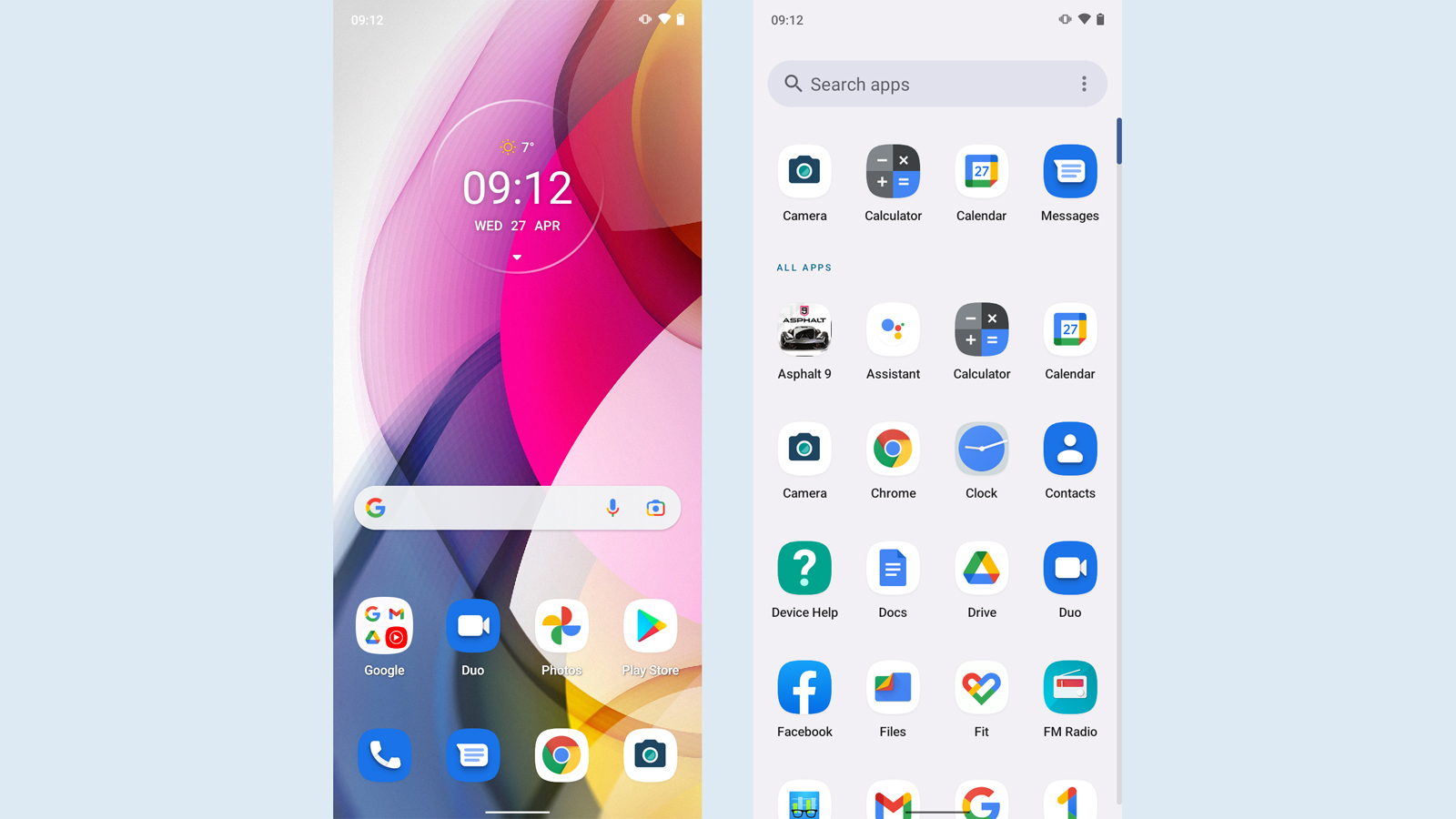
- Almost stock Android 12
- Little bloatware
- Handy weather widget
You get close to stock Android 12 onboard the Moto G22, which, for us, is better than the heavily customized versions that other Android manufacturers go in for – though your personal preference may vary from ours.
The only two apps that you might consider as bloatware are Device Help (which gives you access to Motorola Support) and Motorola Notifications (which we assume sends you special offers and updates from Motorola). There's also a neat Interactive Wallpapers app that gives you some eye-catching animated wallpapers from Motorola to have a look at.
Speaking of Motorola customizations, the usual Moto home screen widget is here, giving you an at-a-glance look at the time and the weather. It's similar to the custom widget Google adds to its Pixel phones, and it's a handy extra to have.
Moto G22 battery life
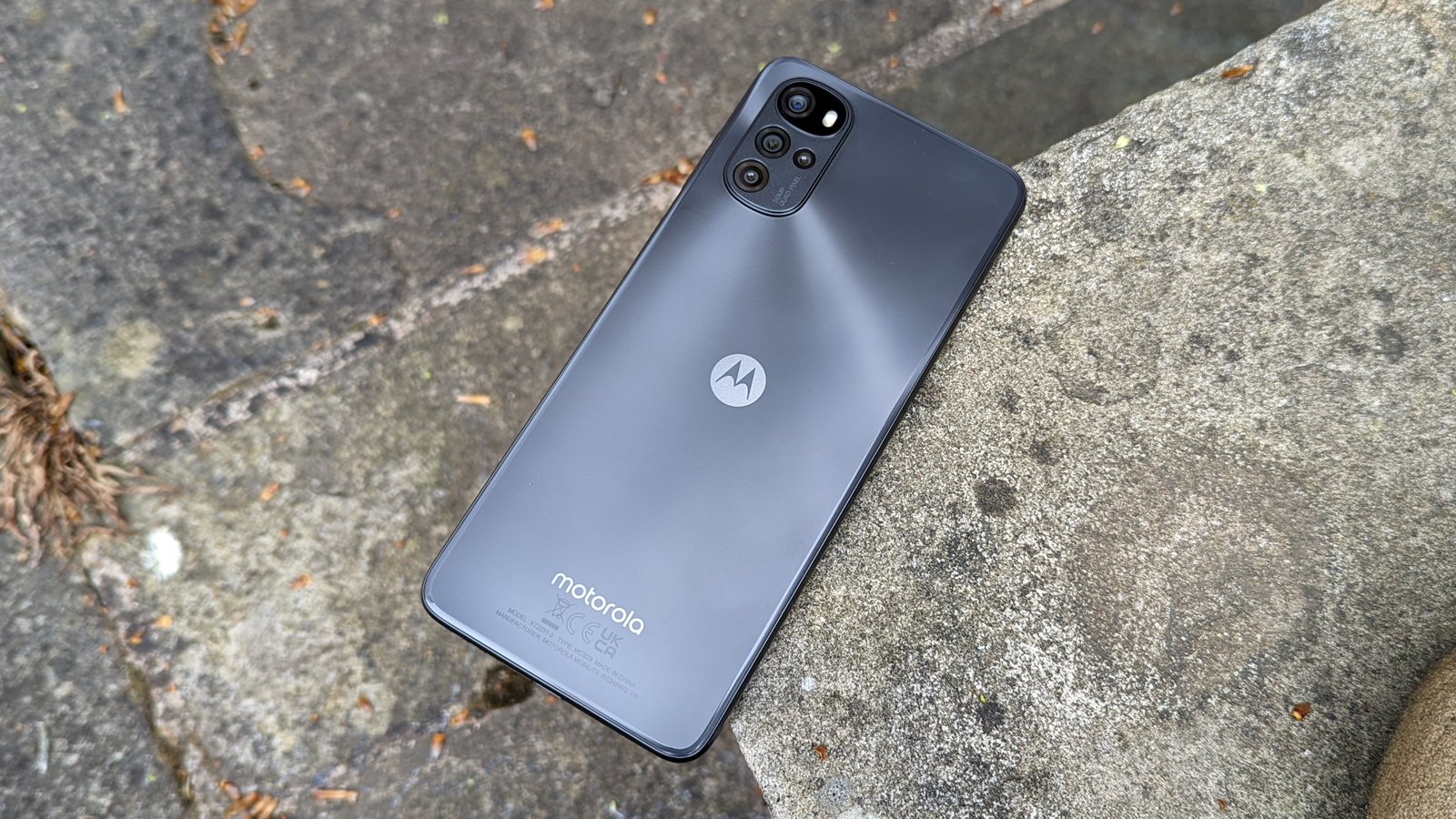
- 5,000mAh battery capacity
- Good for two days of use
- 15W wired charging
Besides the price, battery life is the only other feature of the Moto G22 that really stands out – the 5,000mAh capacity battery keeps this phone going for a substantial amount of time, which is one of the advantages of having a dim, low-resolution screen and internal components that aren't too demanding in terms of power.
An hour of streaming video at full brightness and a low volume knocked the battery level down from 100% to 95% during our testing, which works out as around 20 hours overall – an impressively high bar. In more general use this is a phone that will get you well into a second day and even a third if you're careful – it's that good.
The same can't be said of the charging rate, which comes in at a paltry 15W. There's no wireless charging option either, but that's not unusual for a phone at this price point. You're looking at three or four hours to get to a full charge from zero once you've plugged the supplied USB-C cable and charging adapter into a mains socket.
Should you buy the Moto G22?
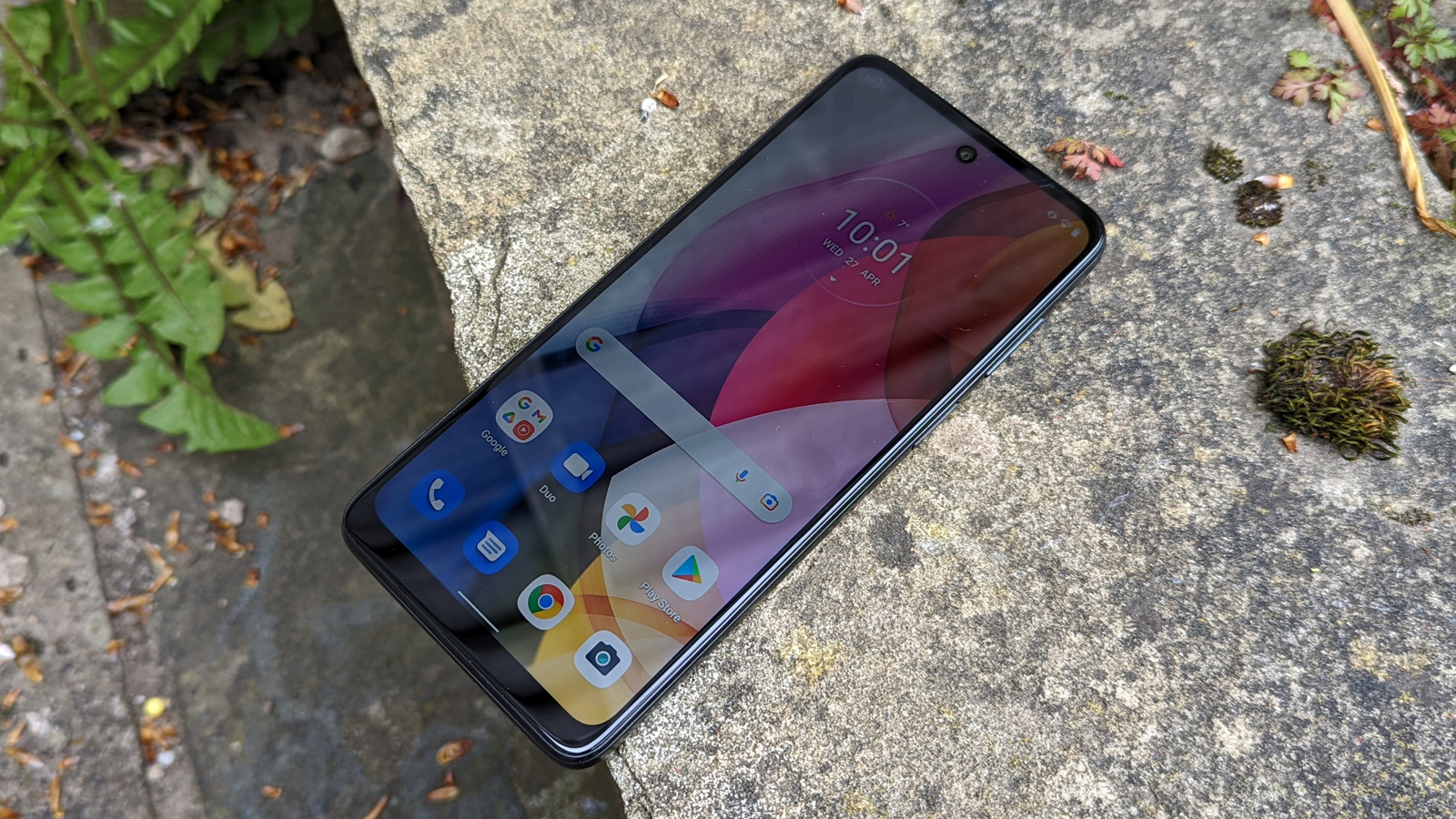
Buy it if...
You have a tight budget
The biggest selling point – and really the only selling point – of the Moto G22 is that ultra-affordable £139.99 price. It'll cover the basics for not much money at all.
You prefer stock Android
Motorola doesn't mess around much with Android as a rule, and that's the case here with Android 12. You don't have to wade through a load of bloatware to get to the good stuff.
You're a fan of long battery life
The Moto G22 is fitted with a 5,000mAh capacity battery and it gives you lots of time between charges – no doubt helped by the low-res screen and the low-level specs.
Don't buy it if...
You need a great camera
The Moto G22 gives you a satisfactory camera but nothing really more than that. If you're shooting in low light or trying to capture fast-moving subjects then it's not a lot of use.
You want a fast phone
Android runs well enough on the components that this phone brings together, but they're the bare minimum for 2022. You'll struggle with a lot of apps or open browser tabs.
You'd like a stellar screen
If you watch movies or play a lot of games on your phone then the Moto G22 might not be for you – the 6.5-inch, 720 x 1,600 pixel IPS LCD display is rather underwhelming.
First reviewed: April 2022

Dave is a freelance tech journalist who has been writing about gadgets, apps and the web for more than two decades. Based out of Stockport, England, on TechRadar you'll find him covering news, features and reviews, particularly for phones, tablets and wearables. Working to ensure our breaking news coverage is the best in the business over weekends, David also has bylines at Gizmodo, T3, PopSci and a few other places besides, as well as being many years editing the likes of PC Explorer and The Hardware Handbook.

